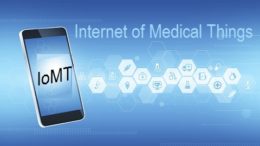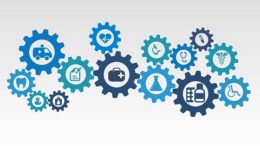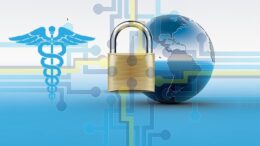How Payers and Providers Are Reinventing Data Security Through AI-Driven Data Logistics
By Alicia Arrick – AI is no longer a futuristic concept. It’s here, and it’s reshaping everything from claims processing to radiology. But with great power comes the great responsibility of safeguarding the integrity, privacy, and security of healthcare data in a rapidly evolving digital landscape.
Read More







